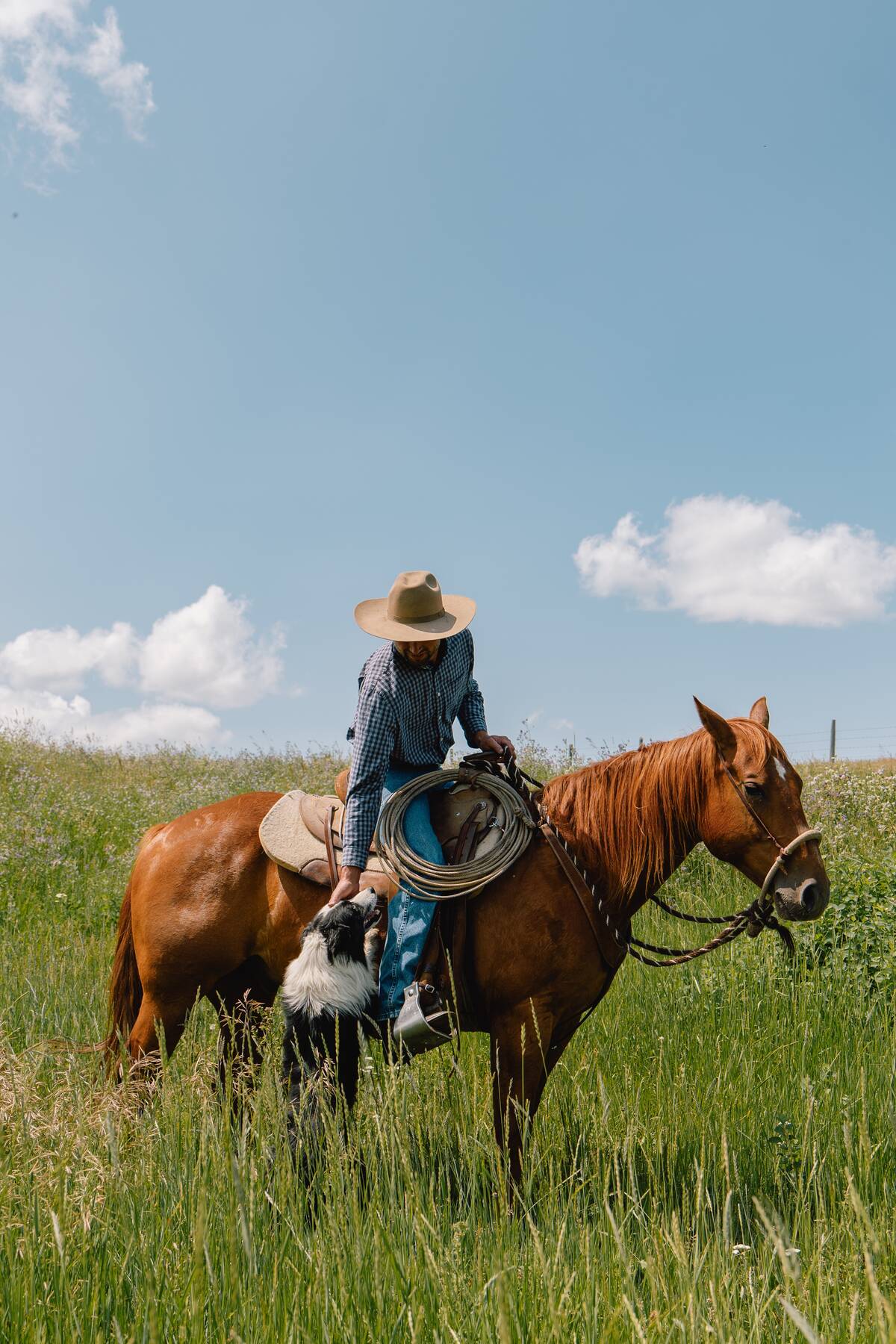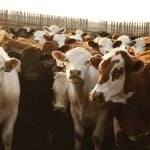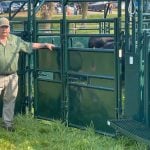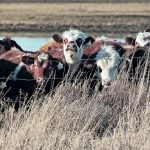Unfortunately, not all parts of any professional undertaking are characterized by grandeur despite excruciating hours of study, diagnostic challenges and creating positive financial outcomes for clients. There are memories less rosy than scrubbed Wellingtons, freshly laundered coveralls and starched lab coats. The bad things about large animal practice often involved mud and unseasonable snowfall driven by prairie wind with little reprieve but more bedding if room existed within the claustrophobic space of crowded corrals.
The humorous parts of dealing with mud frequently involved late-night calvings and exhausted practitioners accompanied by a veterinary student trudging through a muddy corral with a grip in one hand and a calf jack cradled in the other.
I’ll always remember one 3 a.m. escapade with Don, a third-year veterinary student. The Griswold brothers were twin Scottish farmers who lived at Odessa, about 60 miles southeast of Regina. We drove there in a blizzard. The Griswolds were bachelors, having avoided matrimony their entire lives. They enjoyed daily libations with double malt, bachelorhood and maintaining the wildest, most aggressive herd of Black Angus cattle I ever witnessed as a practitioner. Their ideal cows would pile in the corner of the corral when strangers appeared. Roping one of the beasts through a hay chute in the loft floor was standard practice. Sentinel cows would always stand in a perimeter ready to tackle any stranger willing to move toward them.
Read Also

Regenerative ranching sees Alberta family through three decades of ups and downs
Alberta ranchers have found regenerative ranching key to surviving ups and downs of the business
“She’s in the corner tied to a pole,” said Don, glad he had bought the second-hand hard twist lariat from a steer roper while at the grocery store the day before. I sensed trouble the second Don moved toward the heifer, as the Matthew Walker knot slid around the post anchoring the whole operation.
[Related] Western Producer: It’s important to know when to intervene during calving
“Head for the feeder,” I yelled, too late. The heifer, with a hip-locked calf dangling behind, beat Don to the feed bunk, pushing him into the muddy, soft manure pack. I redirected the heifer’s second charge with a two-by-four leaning against the wall. The calf flopped onto the ground as we had inadvertently changed the angle of delivery but not before the heifer re-assembled syringes, bottles of medicine and antibiotics, along with debris and straw. We hastily gathered what we could into a supplement tub and retreated.
“Thank God we didn’t have to do a cesarean,” Don commented. Yeah, I agreed.
That’s why they invented Scotch whiskey and Rompun.
– Dr. Ron Clarke is a veterinarian who consults on animal health and disease issues and writes for agricultural and veterinary audiences.

















